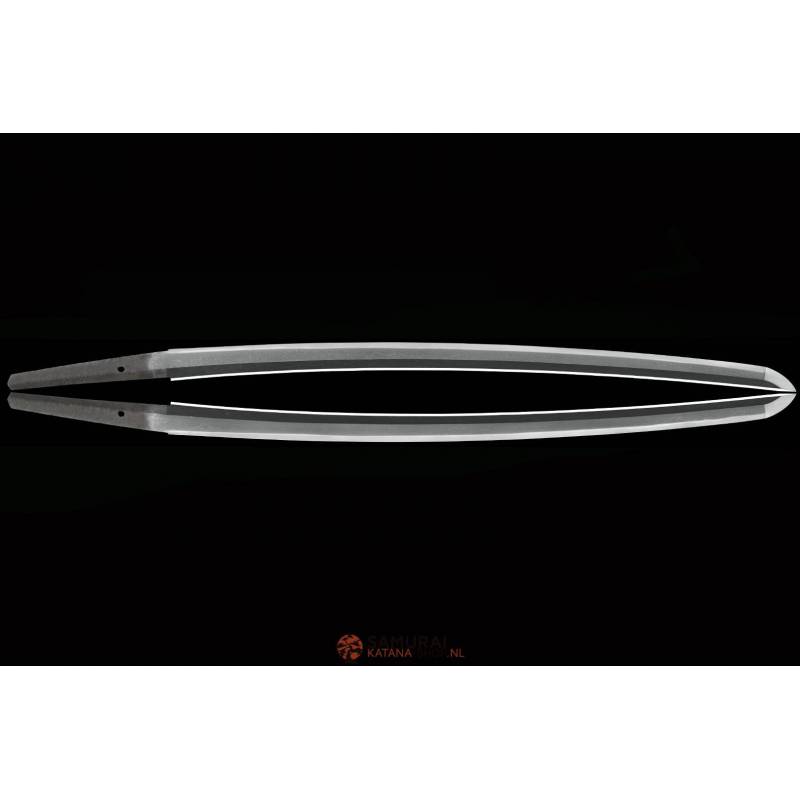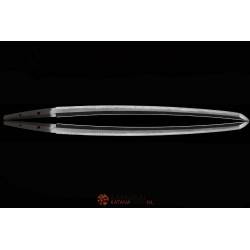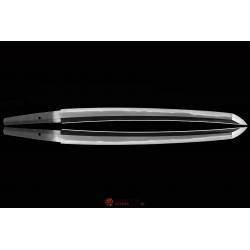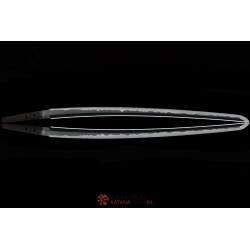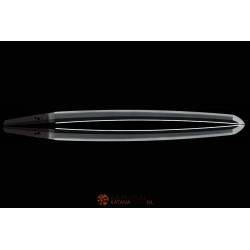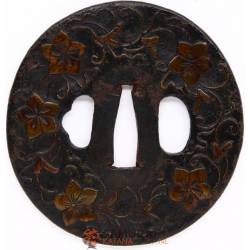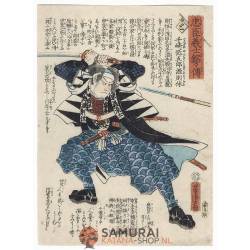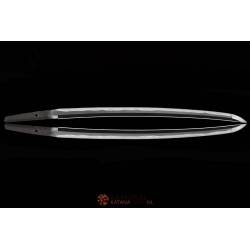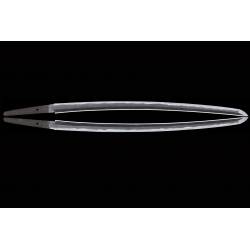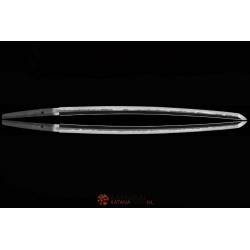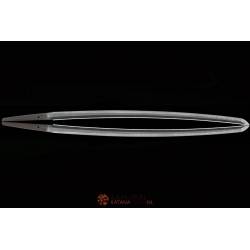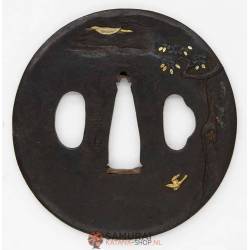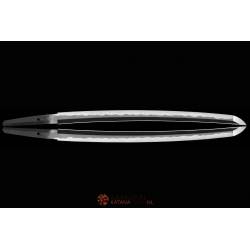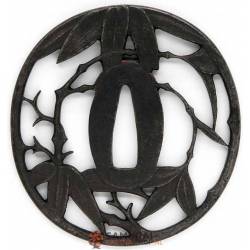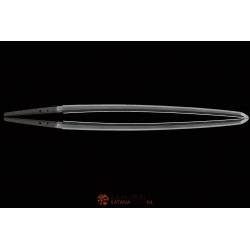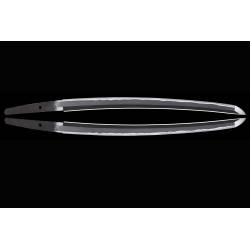Oushu Ju Kanesada Katana
Buying a real antique Katana from Oushu Ju Kanesada from Japan from a Samurai with NBTHK papers
Sold
Oushu Ju Kanesada (2nd generation)
This authentic Japanese Katana from the Mino school and comes from the province of Iswahiro. This Japanese sword was forged from Tamahagane in the Shoho era (1644 – 1648) between Kanei and before Keian. The Mino school became very prominent in the Sengoku period when very powerful daimyos lived there and the demand for Japanese swords increased. A daimyo belonged to the samurai class and was a Japanese warlord.
One of Gokaden's schools is mino which started when swordsmiths moved from Yamato to Iswahiro. Powerful daimyos such as Saito Dozan, Oda Nobunaga and Tokugawa Ieyasu mainly forged swords that were quick to wield. For that reason, the swords are relatively slightly shorter and therefore more suitable for combat.
The Mei or signature is of Oushu Ju Kanesada Shoho 2 Nen 8 Gatsuhi (1646). This is a very famous and historical swordsmith. These have made swords for up to 10 generations from the muromachi to the end of the edo period.
Despite its age, this sword is in very good condition and this hand-forged Japanese Nihonto has a strong appearance. The leaf has a clear hada or layering pattern in itama and masame. Forged from tamahagane with a strong Jitesu. Due to the very high temperature for quenching or tempering, you see that groups of martensite change into Ji or Ji-nie, this is prominent. The base is a suguha hamon and you see many nezumi ashi in Nie Deki. The magazine therefore contains a lot of life or hataraki and will not get bored easily. Mino school magazines were known for their deep sori or curve and appealing chu-kissaki.
The nakago or tang has 1 Mekugi-Ana and the blade is in Shinogi Zukuri style.
Apart from the beautiful blade, this sword also has a unique koshirae. A round kiku tsuba with a chrysanthemum theme. Matching the tsuba a fuchi and kashira in shakudo nanako. The striking red saya with blue sageo in wavy pattern indicates that the sword belonged to a high-ranking samurai.
A dark blue ito over qualitative same gawa of white rayskin. The menuki in shakudo with a chrystantheum theme stands out beautifully.
Nagasa : 60 cm
Sori :1.5 cm
Width at the hamachi :3 cm
Width at the Kissaki : 2.25 cm
Kasane : 7 mm
Weight: 575 grams
All in all an amazing and unique sword to buy which of course belonged to a real Samurai. This is a beautiful piece of history from Japan and what an honor to be allowed to sell this.
These outspoken koshirae say with certainty that this katana belonged to a highly ranked samurai, this deserves a place somewhere where it will be treated with honor and respect.
Apart from the fact that this is a great sword to display in your home, I can tell you with certainty that it is a good investment and will hold its value.
Including Oshigata. Oshigata is a drawing of the blade which records all the metallurgical activities of the blade so that a good picture is created of the unique katana.
This is an antique sword and is therefore subject to the test of time and this will be visible in some places.
Of course equipped with NBTHK papers which guarantee the authenticity
Never touch the katana with bare hands
Do not breathe in the direction of the blade
Do not rest the Katana on the kissaki
When indicating the katana do not point the point and the cut towards the indicated person
When throwing up the katana it is recommended to do this in the saya
16 other products in the same category:


